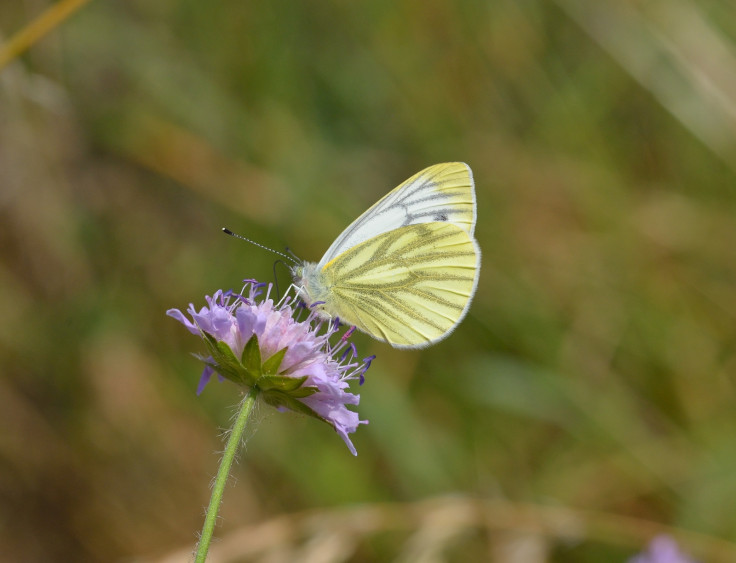Six UK butterfly species to go extinct by 2050 from drought unless greenhouse emissions curbed

Six species of butterfly are on the verge of collapse in the UK and could go extinct as early as 2050, scientists have warned. The species – ringlet, speckled wood, large skipper, large white, small white and green-veined white – have all been found to be at high risk of population collapse from drought, a study published in the journal Nature Climate Change reveals.
The team of researchers from the UK's Centre for Ecology & Hydrology (CEH), Butterfly Conservation, Natural England and the University of Exeter, said to preserve the species, significant greenhouse gas emission reductions will be needed coupled with better landscape management practices. If these steps are taken, their chance of survival will improve until at least 2100.
Study leader Tom Oliver said: "The results are worrying. Until I started this research, I hadn't quite realised the magnitude and potential impacts from climate change. For drought-sensitive butterflies, and potentially other taxa, widespread population extinctions are expected by 2050. To limit these loses, both habitat restoration and reducing CO2 emissions have a role. In fact, a combination of both is necessary."
Scientists combined data from 129 sites and 28 species that are monitored as part of the UK Butterfly Monitoring Scheme. They also used historic climate data, habitat data and climate projections from 17 different models. Findings showed extreme droughts are expected to become more frequent under different climate scenarios, and under a "business as usual" situation, extinctions will begin as early as 2050.

Study co-author Dr Chris Huntingford said: "Many climate projections indicate rapid increases in the frequency of severe drought events under all scenarios, but especially under the steepest rise in CO2 emissions. There is uncertainty in these projections, which we captured by considering outputs from 17 different climate models. The overall results suggest that drought-sensitive butterflies are only likely to avoid widespread extinctions if CO2 emission levels are reduced below business-as-usual and, furthermore, this in combination with habitat restoration measures"
The authors also looked at the effects of a severe drought that took place in 1995. They found reduced habitat fragmentation was associated with a faster population recovery. However, the authors said no level of landscape management on its own would prevent population extinctions by 2100.
Oliver said: "We consider the average response across Great Britain. Losses are likely to be more severe in drier areas with more intensive land use, while wetter areas with less fragmented habitat will provide refugia. We assume that butterflies won't have time to evolve to become more drought-tolerant, because their populations are already small, and evolution would need to be very rapid. The study looked at butterflies but the conclusions are potentially valid for other species such as birds, beetles, moths and dragonflies."
© Copyright IBTimes 2024. All rights reserved.






